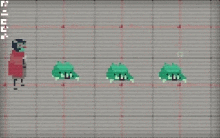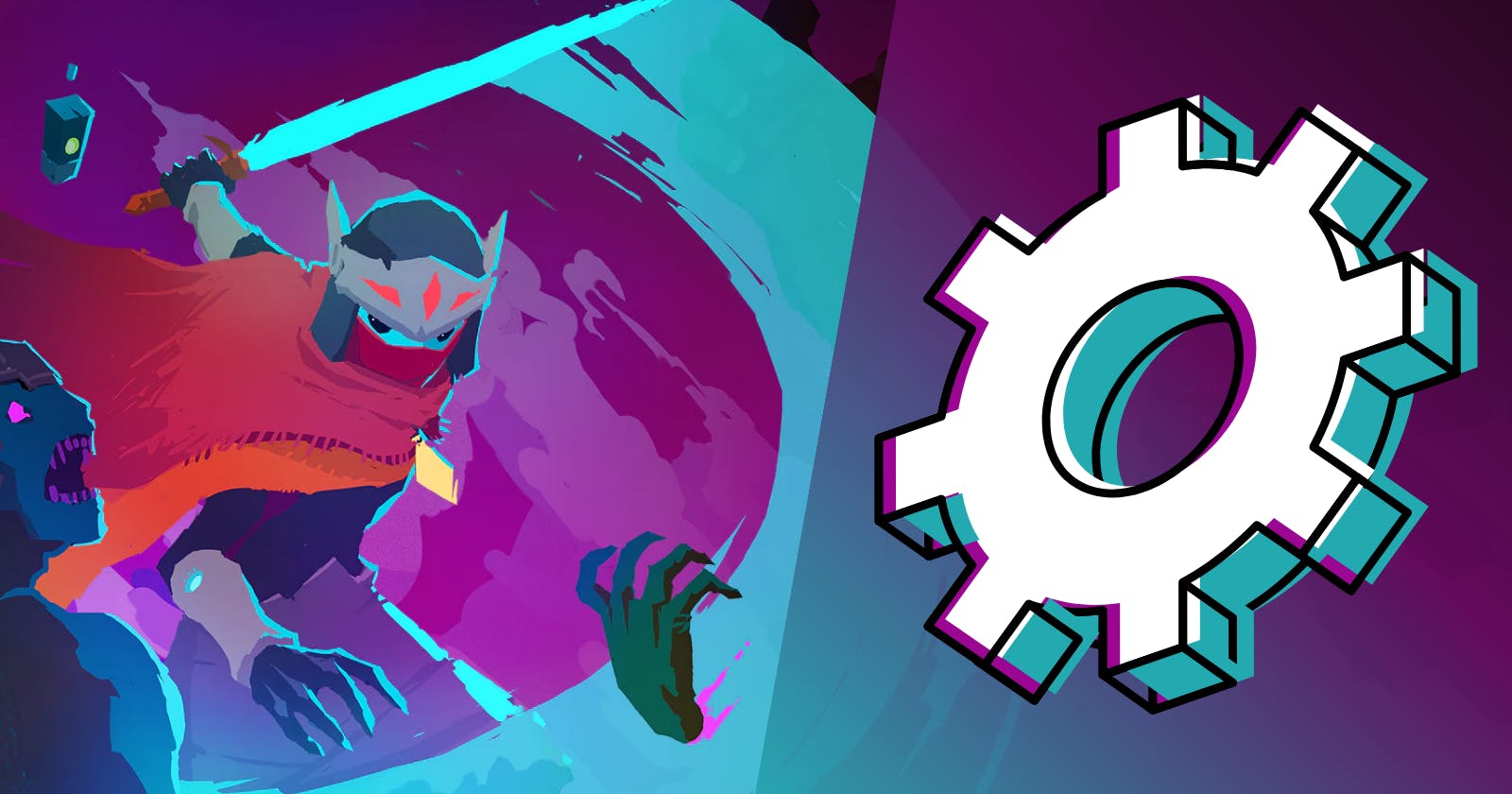Mastering Mechanics: Best Practices for Designing Engaging Game Mechanics in Godot
Introduction
Mechanics are the backbone of any good game - they are the rules that guide a player’s interaction with a game world and dictate how a player can act within the game. Common examples include player movement, skills, abilities, and lives left; and designing mechanics that are not just fun but engaging, can be a daunting task. Godot, with its versatile GDScript language and powerful node system, lets developers implement many interesting game mechanics. But not all mechanics are created equal, and it takes skill and experience to craft mechanics that can hook the player and keep them coming back for more. In this article, we'll explore the best practices for designing engaging game mechanics to help you create games that players will love to play.
Establishing Core Mechanics
Establishing your game's core mechanics is a crucial first step in development, as it lays the foundation for the player's experience. The objective is to identify and implement a few core game mechanics that are intuitive and easy to understand. In doing so, however, it is important to not recklessly borrow mechanics from your favorite titles - it’s important to understand why a mechanic works in one game before copying and pasting it into yours. The focus here should be taking a bespoke approach to implementing mechanics, leading to gameplay that’s engaging and does the following:
Lends itself to your vision of the experience that you’re trying to create.
Elicits the desired emotional responses from the player, thereby achieving your user experience goals/objectives.
Don’t forget that while crafting simple mechanics makes the game easier for its players to understand and enjoy, it’s important to ensure that the mechanics are well-balanced and create a sense of challenge without being overly frustrating.
In Hyper Light Drifter, a 2D action RPG, indie development studio, Heart Machine, designs core gameplay elements like basic movement/dash and sword abilities around its vision of an exploration and combat-focused experience. Interestingly, as the player progresses through the campaign, the scope of these core mechanics are widened, through an upgrade system, in ways that provide the player with new ways to interact with the game world and its inhabitants without deviating from its exploration and combat-focused gameplay. Case in point:
Players have the option to upgrade their basic sword attack arsenal to include a ‘Heavy Strike’ attack that activates when the normal sword attack input is held down. This allows the player to opt for higher damage output in exchange for relatively slower execution and adds depth to the gameplay. Here they are side by side.

The dash ability can be upgraded to a ‘Chain dash’ that allows the player to chain several dashes together in quick succession while running the risk of losing control of the player character and sliding off a cliff if they dash too many times. Spot the difference below.

The ‘Phantom Strike’ ability combines the erstwhile movement-exclusive dash ability with the sword attack to perform a dash-through attack that cuts through and deals damage to enemies within range.

These examples illustrate how the developer adds increasing layers of depth to the experience and rewards skillful players by building on core mechanics in interesting ways rather than adding new ones, greatly benefitting player engagement overall.
[Choosing the right mechanics] depends on the game you're trying to create, the emotions you're trying to evoke, and the experience you want your players to have.
- Yacht Club Games | Checkpoint Design
Godot provides a flexible platform for implementing a wide range of game mechanics. For example, in the game "Dodge the Creeps”, a beginner project, players move a character around the screen, avoiding enemies while racking up points. The game’s mechanics are implemented using a combination of these Godot systems:
The physics engine,
The input handling system
The node system
The collision detection system, etc.
These mechanics are easy to understand and bring about some fun gameplay. Even better, player engagement can be bolstered significantly by implementing a simple ‘High Score’ mechanic, fostering competition among players, and encouraging them to improve.
Once your game's core mechanics have been conceptualized and implemented based on your user experience objectives, you now have a prototype.
Feedback & Iteration
Iterative design through user feedback or playtesting is central to top-notch game development and finds extensive support in purpose-built tools and features that can be found in Godot. Playtesting can help identify any issues with the mechanics and provide valuable feedback on how they can be improved (keep in mind that it's never too early to playtest your game). During the iterative process a developer, armed with their prototype, does the following:
Tests the prototype (gets user feedback)
Evaluates the results.
Makes changes to the prototype by adding, removing, or otherwise modifying game elements based on data collected.
Loops back to step 1 and restarts the process.
Each successful iteration cycle will change the game in minor or significant ways and bring it closer time to achieving its user experience objectives. By taking a user-centered approach to design and creating multiple prototypes, you can receive valuable feedback and make incremental improvements to your game’s mechanics. Additionally, soliciting and incorporating user feedback can help build a community around the game. By listening to feedback from players, you can create a more engaged and dedicated fanbase, increasing the game’s chances of success and longevity.
All the elements have to sing the same notes to make the impact strong .
- Jenova Chen. Co-founder, Thatgamecompany.
Godot has several specific features that allow for easy iteration of video game prototypes. They include the following:
A visual scripting language, which allows designers to quickly prototype game mechanics without writing code.
A built-in node system allows for easy organization and manipulation of game objects. The scene system in Godot also makes it easy to create and iterate on individual game levels or scenes.
A robust set of built-in tools for animation, physics, and audio that makes it easy to experiment with different aspects of game mechanics and quickly test and iterate on ideas.
The ability to export to multiple platforms, including desktop and mobile, allows for easy testing and iteration across different devices.
Devoting adequate game development time to testing and iteration on your game’s mechanics, rather than on superficial aspects like graphics, for example, significantly reduces the cost of effecting needed changes further down the line and is key to releasing a final product that entertains and engages players.
Optimizing Performance
Put simply, the better your game runs, the more fun it is for players. Optimizing the performance of your game’s mechanics is vital to ensuring that it runs smoothly and is enjoyable to play. GDScript, Godot’s primary scripting language, offers a few optimization methods that are useful for achieving this. Consider the following:
Use the Profiler: The built-in profiler provides detailed information about the performance of individual scripts and functions. With it, you can identify and address performance bottlenecks in your code.
Multithreading: GDScript supports multithreading, allowing you to split tasks across multiple threads and execute them simultaneously. This can significantly improve the performance of game mechanics that involve computationally intensive tasks such as physics calculations.
Minimize function calls and script executions: One way to achieve this is to use Godot's built-in physics engine, which can handle complex physics calculations without the need for custom scripts. Additionally, you may use techniques such as object pooling to reuse existing objects rather than creating new ones, reducing the number of memory allocations, and improving performance.
Know your hardware limitations: Always be aware of the target platform when optimizing for performance. The profiler works best here to gauge performance on different platforms, identify areas that require optimization, and ensure that your game is optimized for maximum performance on the device(s) you choose.
Conclusion
To conclude, designing engaging game mechanics requires careful consideration and implementation of a few core mechanics that are easy to understand, deeply engaging, and fun to play.
Iterative design through user feedback involves rapid prototyping, receiving feedback, and continuously iterating on the mechanics until they feel polished and balanced - this is vital to achieving your user experience objectives. It is important to allow players to test the game mechanics and help identify the areas that need improvement. Godot's unique features such as its node system and GDScript allow for faster prototyping and iteration.
Finally, make sure that your game is running optimally. Use Godot’s optimization tools, like the Profiler, to identify any bottlenecks in the game mechanics and get suggestions on how to improve performance. Additionally, using best practices for scripting in GDScript, such as reducing function calls and avoiding global variables, can help make your game run that much smoother.
In summary, designing engaging game mechanics in Godot requires careful planning, iteration, and implementation, taking user feedback into account and making sure to optimize performance.
